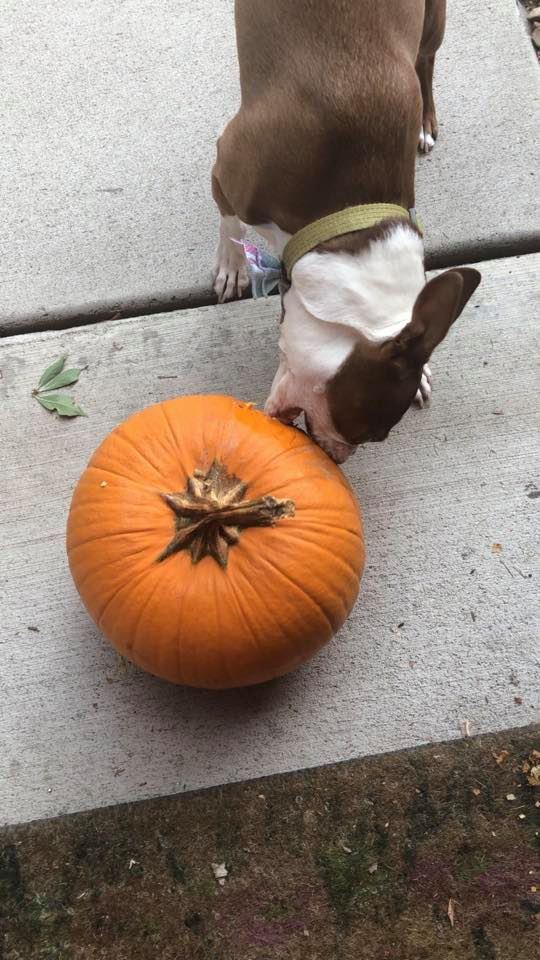Productivity is one of my greatest strengths. It’s also one of my biggest weaknesses.
I can preach the gospel of bucketing “like tasks” to maximize your workday or prove to you on a spreadsheet how the Pomodoro Technique of breaking work into 30-minute intervals has increased my freelancer output by 20%. Striking a pen through a task on my to-do list feels like the grown-up equivalent of earning a star.
But I’m also thrumming with nervous energy. A lot. So much so that I have a reminder set on my phone that nudges me, twice daily, to unclench my jaw, drop my shoulders and take a deep breath. And I feel tremendous guilt when I’m checking my e-mail or thinking about work instead of fully engaging in conversation at the dinner table with friends or family.
So when I heard about niksen, the Dutch concept of doing nothing, I was intrigued.

A few years back, the Danish concept of hygge inspired us to be cozy and feel content at home. Then along came lagom, a Swedish concept about finding balance. Now, another northern European concept is again offering us an antidote to our busy, hectic, over-scheduled lives.
At the heart of niksen is the idea that you’re just simply being. It’s not about being productive or trying to achieve anything, according to an interview Time magazine did with Carolien Hamming, managing director of CSR Centrum, a coaching center in the Netherlands that helps clients manage stress and recover from burnout. We’re over-thinking the concept if we think it’s about “being present,” which is something we achieve through meditation. There are no agendas here! Just … be.
With the arrival of fall, I decided to give niksen a test run to see if it could reduce my stress. It felt just right for the season, as this is the time of year during which I crave coziness and contentment the most. Here’s how my experiment with niksen went, and why mental health experts want you, too, to try this Dutch prescription for easier living.
My Experiment With ‘Doing Nothing’
I started my niksen experiment on a Monday morning, which is like rush hour for my e-mail inbox. My Boston terrier, I soon learned, is the master of niksen. In the morning, and within a matter of seconds, he went from snoring to launching off the bed and sprinting down the stairs so he could get outside and find a patch of Colorado’s famous sunshine. Then, positioned like a sphinx, he soaked up the sun with no agenda.
Instead of falling into my morning routine, I followed his lead. As I sat outside, I resisted the instinct to refresh my email or mentally build my to-do list. It felt uncomfortable at first. It’s not that I think “busy” is synonymous with “important” but, as someone who is self-employed, I can be an unrelenting boss. After all, if I’m not working, I’m not earning income. I feel guilty. Lazy even.
Like an itch, I was eager to get started with work. How long was I supposed to spend doing niksen? Five minutes? Ten minutes? Could I add niksen to my to-do list so I could get satisfaction from crossing it off? (The answer was “no.”)
But then my dog got up and strolled over to the pumpkins on my front porch and started chomping on one like it was an apple. All of a sudden I was laughing and thinking about what an odd concept holiday decorations are for pets. I recalled the time he drank from the Christmas tree water stand and then lifted his leg onto the tree.

All of a sudden, this Monday morning felt more like a weekend morning. I returned to the house cheerful, more relaxed and ready to start my work week.
Throughout the week, I carved out time for my newfound niksen practice. When I took the train downtown to meet friends, I resisted scrolling through social media or catching up on e-mail. Then I spent a night on the couch without the TV on and got the fireplace going. As I relaxed, I could hear band music and cheering from the nearby high school football game. During a weeknight walk with my dog, I plopped down on a grassy field and watched a fiery sunset.
Why Niksen Is Important
When we are perpetually busy and overscheduled, our brains don’t have time to process all of our stimuli, explains Seattle-based Marisa Hendrickson, a licensed mental health counselor.
“We also don’t have time or space to dream and create,” she explains. “How can we have new ideas and grow if there isn’t a spare minute for our minds to wander independently?”
But it can be difficult to simply “do nothing,” explains Jillene Grover Seiver, who has a Ph.D. in cognitive psychology and is a senior lecturer at Eastern Washington University. The solution is to do mindless activities that let the mind roam, she says. She suggests activities like coloring, knitting or crocheting.

These activities allow a person to let their minds wander. And when their minds wander, says Grover Seiver, they can subconsciously solve problems and achieve a calm state.
In my own experience, I started to crave the “do-nothing” breaks. Each time I took one, I felt more present, noticing the sights and sounds around me. I also noticed that my mood improved and that I felt more creative and energized when I returned to work.
The best way I could describe it is to say it feels like a mental recess.
As a freelancer who lives a life governed by to-do lists with constant deadlines, carving out time to do nothing needs to be intentional. Maybe that’s an American interpretation of the concept. Nevertheless, it’s a practice I look forward to trying out more. I believe it has the potential to make me calmer.
But, again, I may be cheapening the whole concept by expecting to gain something from it.
Do you think you could be comfortable doing nothing?
This story originally appeared on Simplemost. Checkout Simplemost for additional stories.


